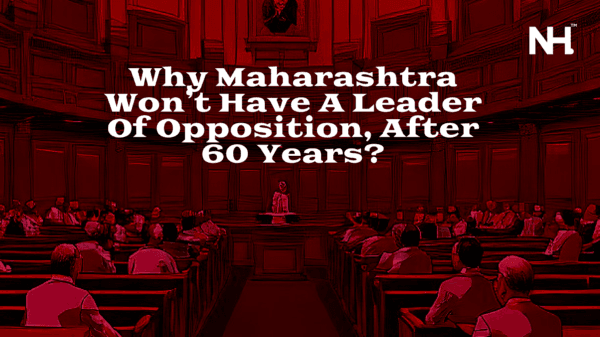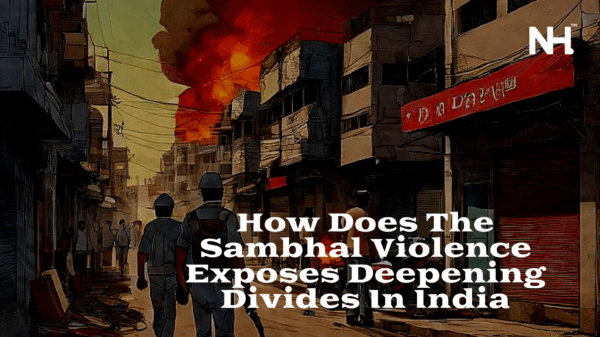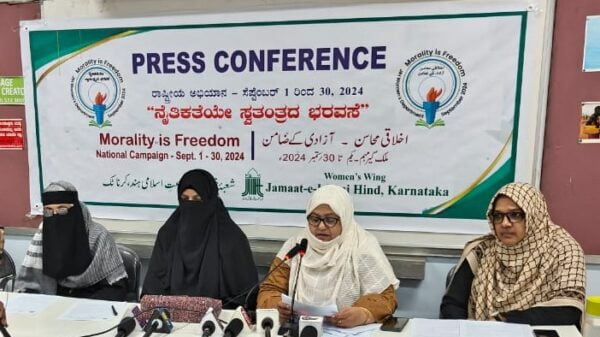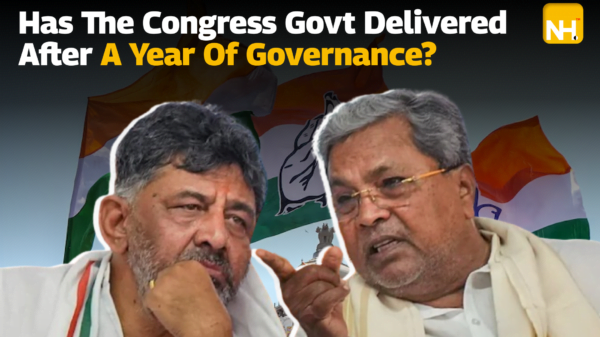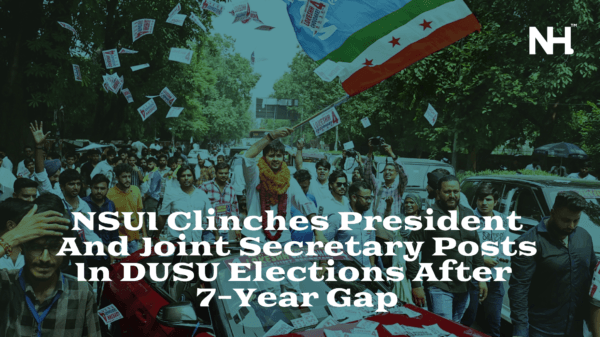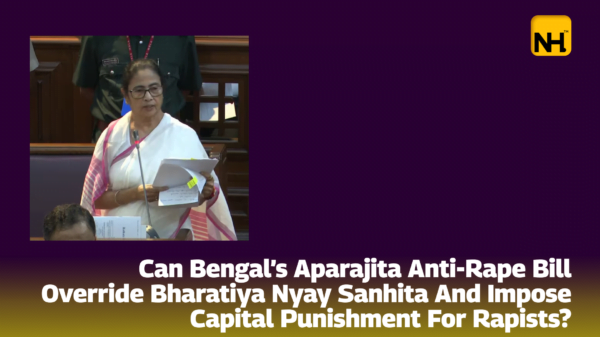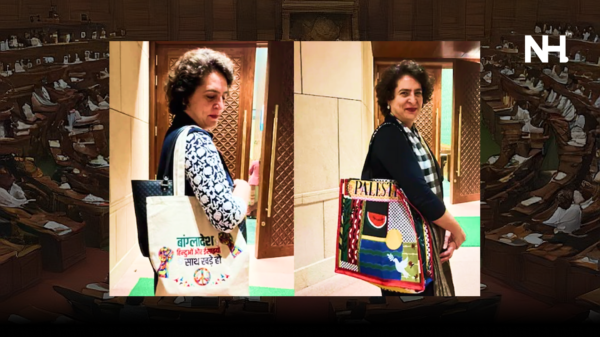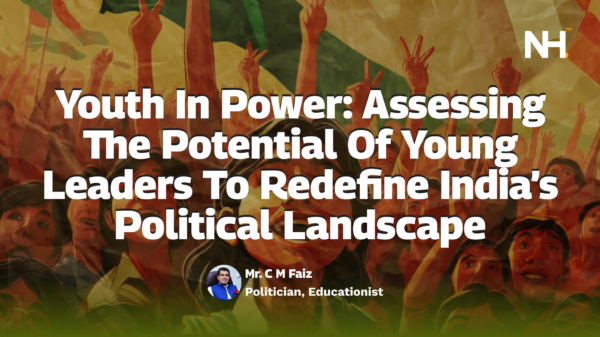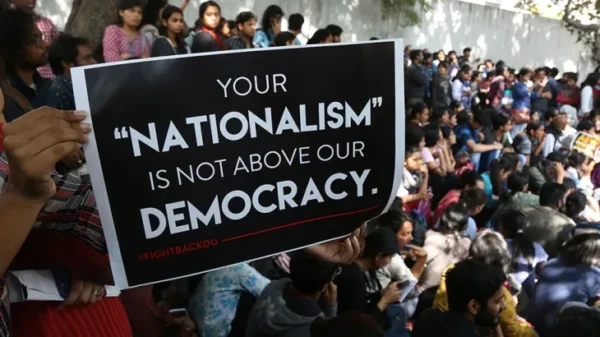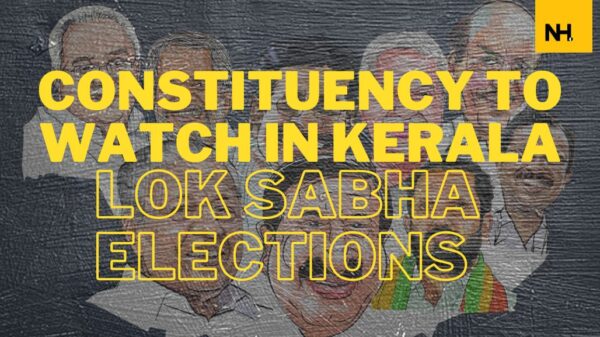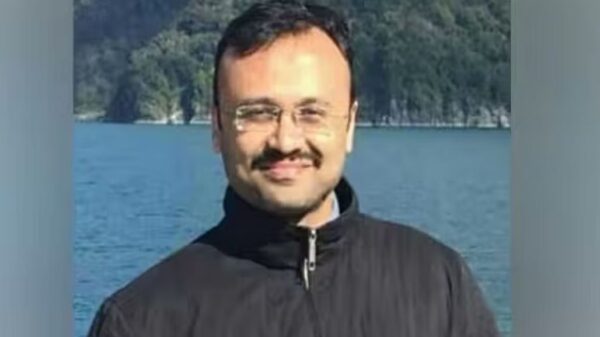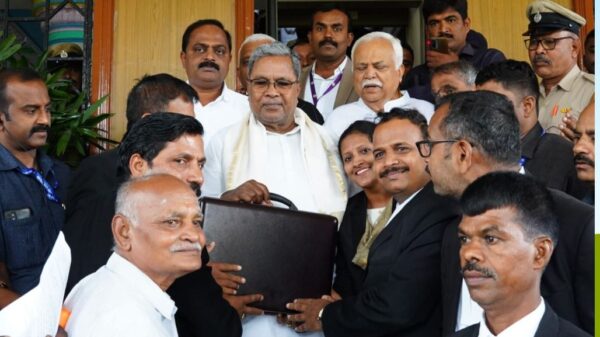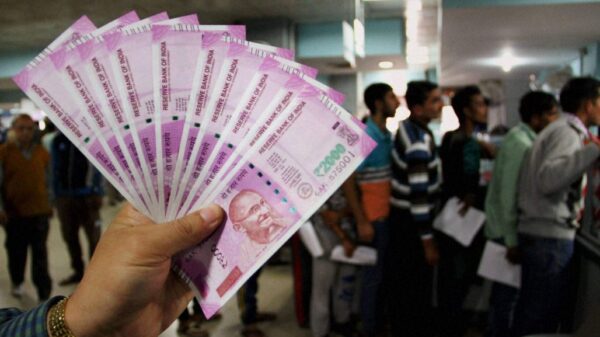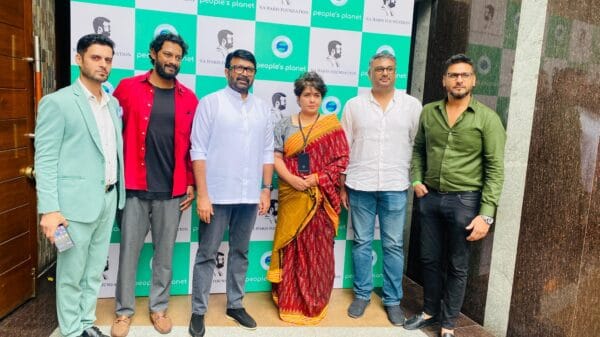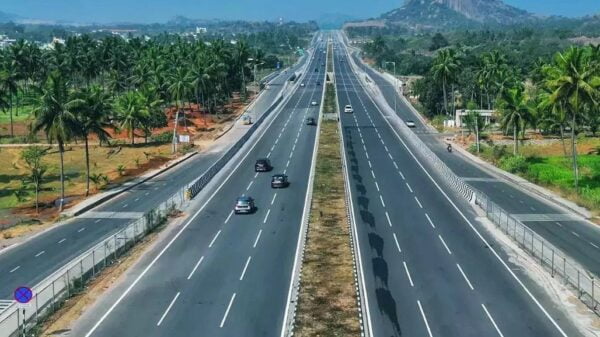The Archaeological Survey of India (ASI) has recently unveiled a scientific survey report shedding light on the historical roots of the Gyanvapi mosque. The report suggests that before the mosque’s construction, there stood a Hindu temple at the same site.
Full Story:
The ASI’s survey report indicates that the pre-existing structure at the Gyanvapi site was not always a mosque. Instead, it reveals that a Hindu temple once graced the location. According to the findings, this original temple was demolished during the 17th century, a period marked by the reign of the Mughal emperor Aurangzeb. The report goes on to mention that beneath the ruins, archaeologists uncovered sculptures depicting Hindu deities, providing tangible evidence of the site’s rich historical past.
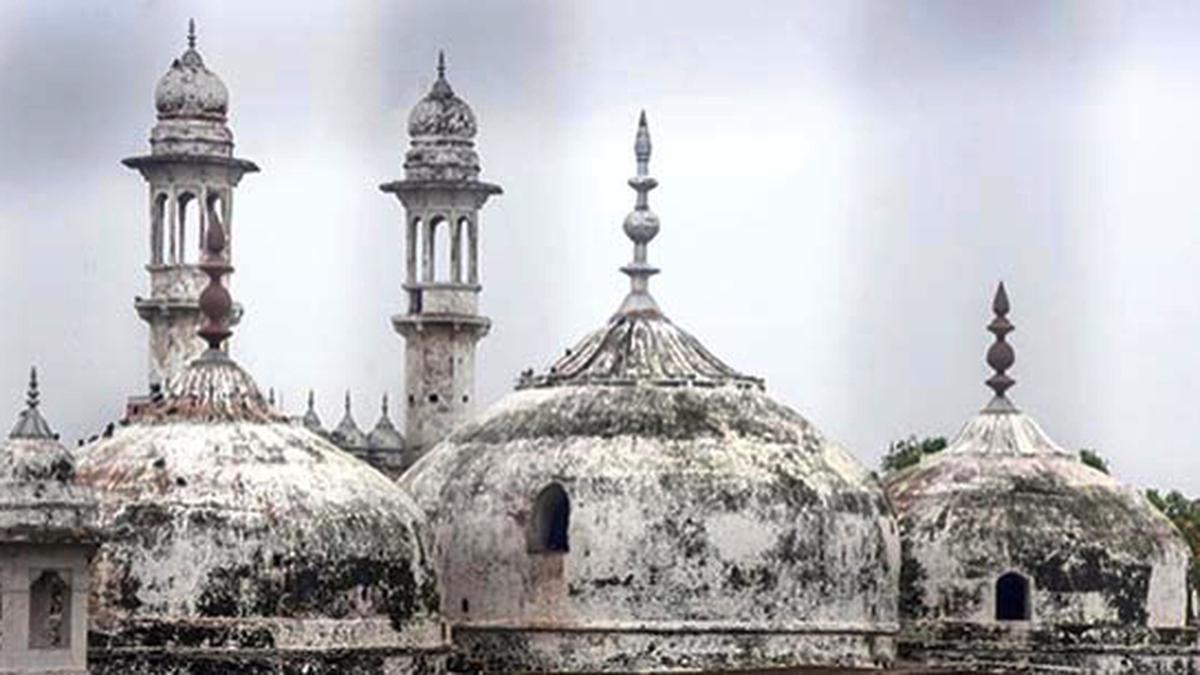
Source: The Hindu
Vishnu Shankar Jain, representing the Hindu perspective, emphasized that the survey report strongly implies that the mosque was constructed on the remnants of the pre-existing Hindu temple. Jain asserted that the 839-page report, shared with concerned parties by the court, clearly establishes that the mosque’s construction involved the destruction of an earlier temple. Furthermore, he contends that the report provides ample evidence supporting the existence of a Hindu temple predating the mosque.
The survey report delves into the architectural aspects of the site, suggesting that the pre-existing structure faced destruction during Aurangzeb’s rule. Notably, part of the ancient structure was modified and repurposed in the construction of the present mosque. The report draws upon scientific studies, surveys, and examinations of architectural remains, exposed features, artifacts, inscriptions, as well as art and sculptures. These collective findings lead to the conclusion that a Hindu temple once stood on the grounds where the Gyanvapi mosque now stands.

Source: OpIndia
The significance of the ASI’s findings has prompted curiosity and interest from both Hindu and Muslim parties involved in the Gyanvapi complex adjacent to the Kashi Vishwanath temple. Eleven individuals, representing both communities, filed applications in court earlier in the day, seeking access to the ASI survey report.














